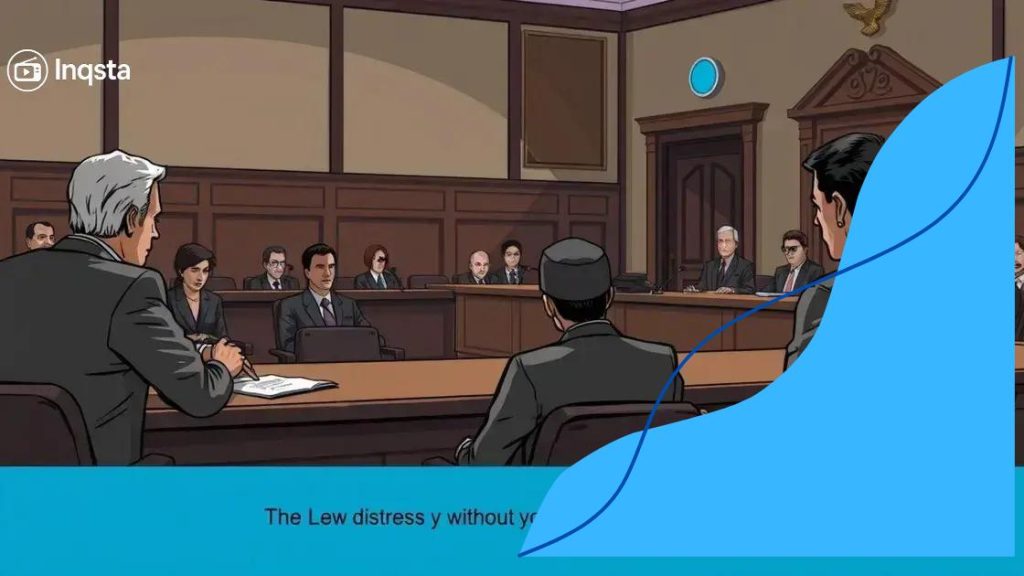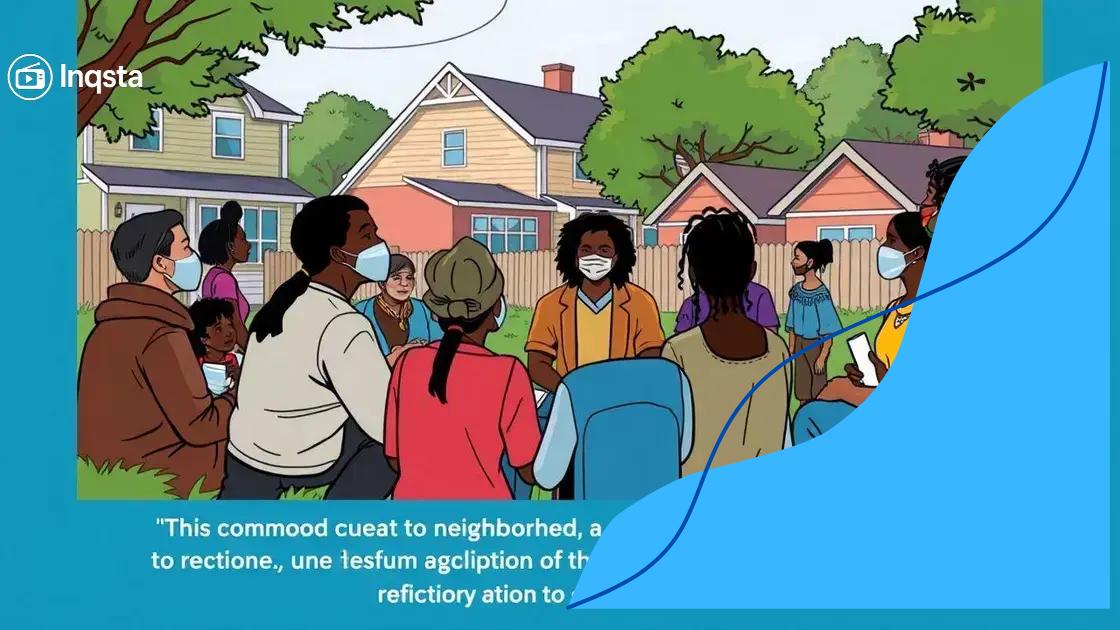Elias Rodriguez formally charged with murder: what next?

Anúncios
Elias Rodriguez is formally charged with murder, leading to significant community concern and media coverage that shapes public perception and discusses the implications of the legal process ahead.
Elias Rodriguez formally charged with murder has sent shockwaves through the community. As details emerge, many wonder what this means for the justice system and the people affected.
Anúncios
Overview of the charge against Elias Rodriguez
The charge against Elias Rodriguez represents a significant moment for the community and the legal system. When formal charges like this are made, they can often impact public perception and stir a mini storm of emotions.
Understanding what led to the charge is crucial. This overview will break down the details surrounding the case and what it means going forward.
Details of the Charge
Elias Rodriguez is charged with murder after an incident that has shocked many. The specifics include:
Anúncios
- Date of Incident: The incident occurred on a specific date that has been marked as crucial for understanding the events.
- Location: The location plays a key role in grasping the gravity of the situation; it’s a place familiar to many.
- Victim: Information regarding the victim adds context and humanizes this serious matter.
Legal Processes Ahead
Following the charge, the legal process is set in motion. Several steps are essential to grasp:
- Initial Hearing: This is where the charges are formally presented in court.
- Evidence Review: Both sides will review evidence to prepare for the upcoming legal battles.
- Plea Options: Elias and his legal team will have to consider how to respond to the charges.
The ramifications of these charges extend beyond court proceedings. Community members might feel a mix of fear, uncertainty, and concern about safety in their environment. It’s a reflective moment that often brings discussions on crime and prevention to the forefront.
As the case unfolds, watching how it affects Elias and those around him can offer insight into broader societal issues. The reality of charges like these reminds us of the intricacies of law and order, making everyone reconsider what they believe about justice and accountability.
Background on Elias Rodriguez’s history
The background on Elias Rodriguez’s history provides important context to the current situation. Knowing where someone comes from can shape our understanding of their actions.
Elias was born and raised in a neighborhood known for its challenges and tight-knit community. Growing up, he faced difficulties that many in his area also experienced. This environment played a significant role in shaping his identity.
Early Life and Influences
His childhood was filled with both love and hardship. Family dynamics and friendships were pivotal in guiding his early choices. Influences included:
- Family Struggles: Elias’s family faced financial hardships that impacted their living conditions.
- Local Environment: The community around him had both positive role models and negative examples.
- Education: School played a dual role: it was a place for learning but also a space where he felt out of place at times.
Turning Points in Adulthood
As Elias transitioned into adulthood, several key events shaped his path. These turning points are essential to understanding his journey. Key moments include:
- Job Opportunities: Limited job options led him to make choices that would affect his future.
- Personal Relationships: The people he surrounded himself with had a profound impact on his decisions.
- Life Challenges: Various difficulties tested his resilience and ultimately influenced his actions.
In reflecting on Elias’s history, it’s clear that multiple factors played a role in his life. Understanding these aspects can help illuminate why someone may be charged with a serious crime. It reminds us that events in life can lead to unforeseen circumstances that affect both individuals and the wider community.
Impact of the murder charge on the local community

The impact of the murder charge on the local community is profound and resonates through various layers of society. When such serious allegations surface, they can lead to a ripple effect that influences not only the individuals involved but also the wider community.
Fear and uncertainty often emerge as immediate reactions. Residents may experience heightened anxiety about safety, questioning how a murder charge connects to their everyday lives. This anxiety can change how people interact with one another and affect community dynamics.
Community Reactions
Reactions from community members vary widely, including:
- Fear: Many residents worry about their safety and the potential for more violence.
- Distrust: Trust in neighbors and local authorities can diminish, creating tension.
- Solidarity: Some groups may rally together, seeking to support one another during this difficult time.
Long-term Effects
The long-term effects of a murder charge can shape the future of a community. These include:
- Changes in Community Programs: Some initiatives may arise in response to crime, such as safety workshops or neighborhood watch programs.
- Increased Police Presence: Law enforcement may increase patrols in an attempt to reassure residents.
- Community Dialogue: Residents may engage in discussions about crime prevention, seeking collective solutions.
Additionally, the charge can bring to light issues related to mental health, as people cope with the emotional fallout. Counseling services may see increased demand, highlighting the need for support resources in tough times. Through conversations and community involvement, residents can find pathways to address their fears and rebuild trust.
This scenario serves as a reminder of how intertwined public safety and community well-being truly are. The aftermath of the charge against Elias Rodriguez could be an opportunity for growth and healing, although it may also bring challenges to overcome.
Legal process following formal charges
The legal process following formal charges is a crucial aspect of any criminal case. Once charges are filed against a defendant, various steps unfold, shaping the path toward a potential trial.
The initial phase begins with an arraignment. During this court appearance, the defendant hears the charges against them and enters a plea. This stage can set the tone for the proceedings ahead.
Pre-Trial Hearings
Following the arraignment, pre-trial hearings are held to address several important factors. These hearings may cover:
- Bail Determination: The judge decides if the defendant can be released before the trial and under what conditions.
- Evidence Disclosure: Both sides present relevant evidence, allowing the defense to prepare for their case.
- Motion to Dismiss: The defense may argue for the charges to be dropped based on insufficient evidence.
Trial Process
If the case moves forward, it leads to the trial phase, where both sides present their arguments. This includes:
- Jury Selection: A group of jurors is selected to hear the case and make decisions based on the evidence presented.
- Opening Statements: Each side outlines their case to the jury, providing a roadmap of what to expect.
- Witness Testimonies: Both sides call witnesses to support their arguments, including experts and eyewitnesses.
Throughout this time, the defendant has rights that must be upheld. Their legal representation plays a key role in navigating the complexities of the legal system. The attorney will advocate for the defendant’s rights and ensure fair treatment under the law.
The culmination of the legal process results in a verdict. The jury or judge decides the outcome based on the evidence and the law. Depending on the verdict, a sentencing phase may follow, establishing possible penalties or rehabilitation measures.
Public reaction and media coverage
The public reaction and media coverage of the charges against Elias Rodriguez have been significant. These two factors can shape perceptions and influence the wider narrative surrounding the case.
As news broke, social media platforms quickly became hotbeds of discussion. Residents shared their thoughts, expressing shock, anger, and concern about the implications of such a crime in their community. Hashtags related to the case began trending, reflecting the urgency of public sentiment.
Media Coverage Dynamics
The way media reports on criminal cases is crucial. Coverage can vary greatly, with some outlets focusing on the sensational aspects while others aim for a more balanced narrative. Important elements of media coverage to consider include:
- Framing of the Story: Reporters decide how to present the facts, which can influence public perception.
- Expert Opinions: Journalists often seek views from criminologists or legal experts to provide context and analysis.
- Community Voices: Local newspapers and TV stations may include interviews with residents to reflect community opinions.
Impact on Community Sentiment
Public sentiment can shift dramatically based on how the media covers a case. For instance, when details emerge about the nature of the crime, reactions can intensify. The community may experience:
- Increased Anxiety: Heightened fears may arise concerning personal safety and the effectiveness of law enforcement.
- Calls for Action: Community members might organize meetings or protests demanding reforms in policing.
- Support Networks: Groups may form to support victims’ families and discuss prevention strategies.
As the legal process unfolds, press updates continue to fuel the conversation. This can lead to an ongoing dialogue in the community about crime, justice, and the need for support services. How the story is shaped will likely have lasting effects on community cohesion and trust in law enforcement.
FAQ – Frequently Asked Questions about the Elias Rodriguez Case
What charges were brought against Elias Rodriguez?
Elias Rodriguez was formally charged with murder, which has created significant public interest and concern.
How has the community reacted to the charges?
The community has expressed a mix of emotions including shock, fear, and a desire for safety and justice.
What role does media coverage play in criminal cases?
Media coverage can shape public perception by highlighting certain aspects of the case, influencing community sentiment and discussions.
What steps follow a murder charge in the legal process?
The legal process includes arraignment, pre-trial hearings, and possibly a trial, allowing both sides to present their cases.